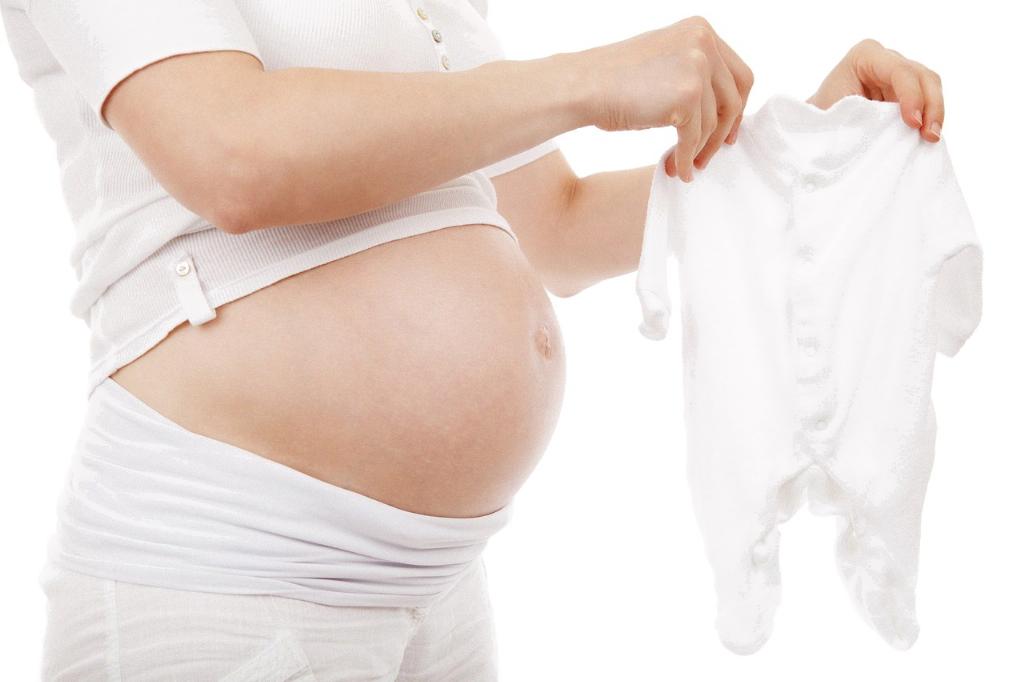When it comes to taking a pregnancy test, the last thing you want is a false positive. But what exactly causes this confusing result? Let’s dive into the various factors that can lead to a false positive on a pregnancy test.
1. Human Chorionic Gonadotropin (hCG) Levels
One common reason for a false positive is the presence of hCG in the body. This hormone is produced during pregnancy and is typically what pregnancy tests detect. However, certain medical conditions or medications can cause an increase in hCG levels, leading to a false positive.
2. Chemical Pregnancy
In some cases, a false positive may be the result of a chemical pregnancy. This occurs when a fertilized egg implants in the uterus but does not continue to develop. The body still produces hCG, which can be detected by a pregnancy test.
3. Medications and Medical Conditions
Certain medications, such as those containing hCG, can interfere with pregnancy test results. Additionally, medical conditions like ovarian cysts or certain types of cancer can also cause false positives due to elevated hCG levels.
4. Expired or Faulty Pregnancy Tests
Using an expired or faulty pregnancy test can also lead to a false positive result. It’s important to check the expiration date on the test before taking it and to follow the instructions carefully to ensure accurate results.
5. Evaporation Lines
Another factor to consider is the appearance of evaporation lines on the test. These lines can sometimes be mistaken for positive results, especially if the test is read after the recommended time frame. It’s crucial to read the test results within the specified time window.
6. Recent Pregnancy or Miscarriage
If you have recently been pregnant or experienced a miscarriage, residual hCG in your system could cause a false positive on a pregnancy test. It’s essential to consider your recent reproductive history when interpreting test results.
7. Fertility Treatments
Individuals undergoing fertility treatments that involve hCG injections may also experience false positives on pregnancy tests. These artificial sources of hCG can lead to misleading results when taking a home pregnancy test.
8. Contaminated Samples
Using a contaminated urine sample or not following the test instructions properly can also result in a false positive. It’s crucial to use a clean, uncontaminated sample and to carefully follow the recommended testing procedure.
9. Testing Too Early
Testing too early in your menstrual cycle can increase the likelihood of a false positive. It’s best to wait until your period is late to achieve the most accurate results. Early testing may detect trace amounts of hCG that can lead to a false positive.
10. Semen Contamination
Interestingly, semen contains traces of hCG, which could potentially lead to a false positive if a woman tests shortly after engaging in sexual activity. This is an important factor to consider when interpreting pregnancy test results.
11. User Error
Finally, user error, such as misreading the test results or using the test incorrectly, can also contribute to false positives. It’s essential to carefully read and follow the instructions provided with the pregnancy test to ensure accurate results.
12. Conclusion
In conclusion, there are several factors that can contribute to a false positive on a pregnancy test. From hCG levels and chemical pregnancies to medications, user error, and contaminated samples, it’s crucial to consider all possibilities when interpreting test results. By being aware of these potential causes, individuals can make informed decisions and seek medical advice if needed.

